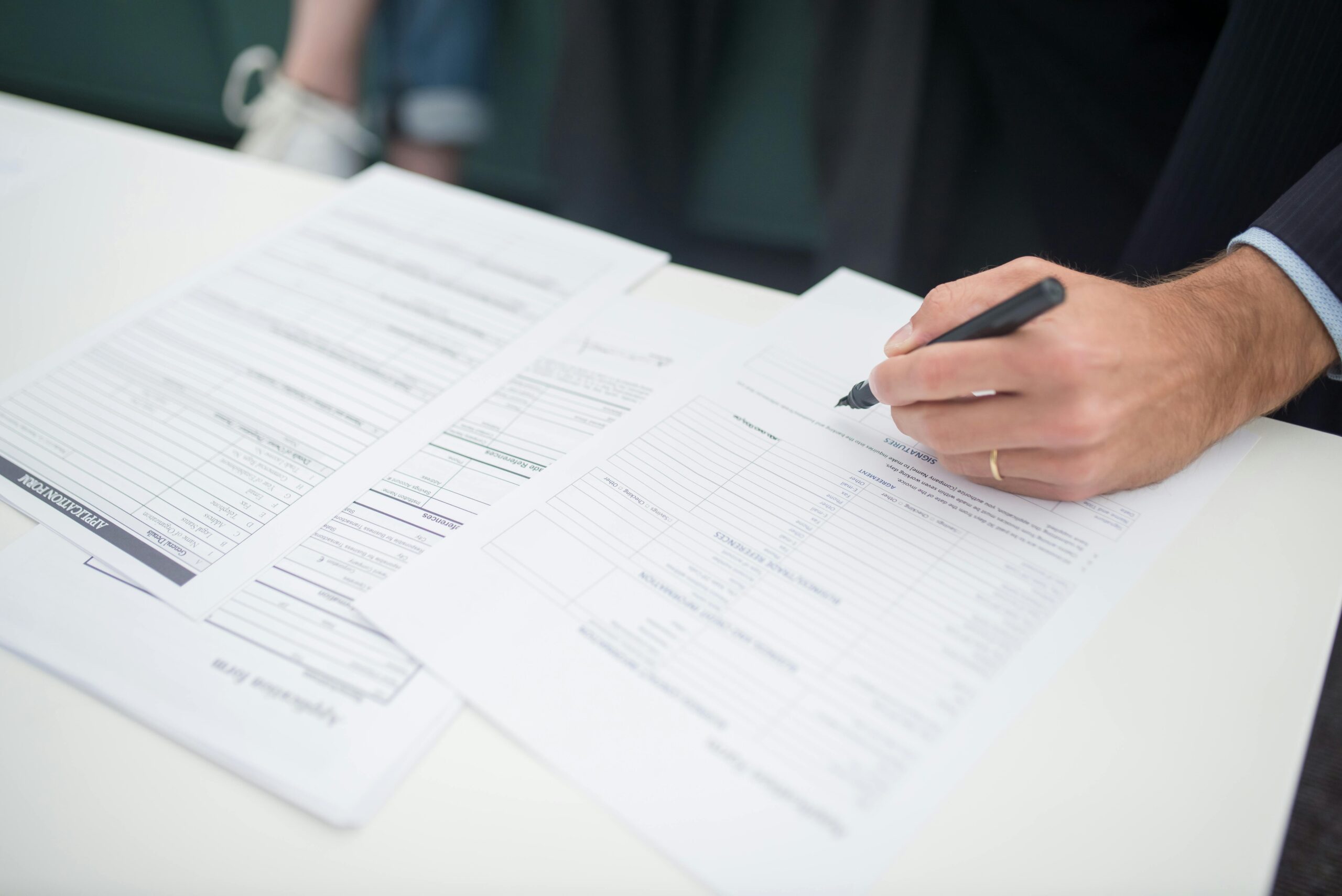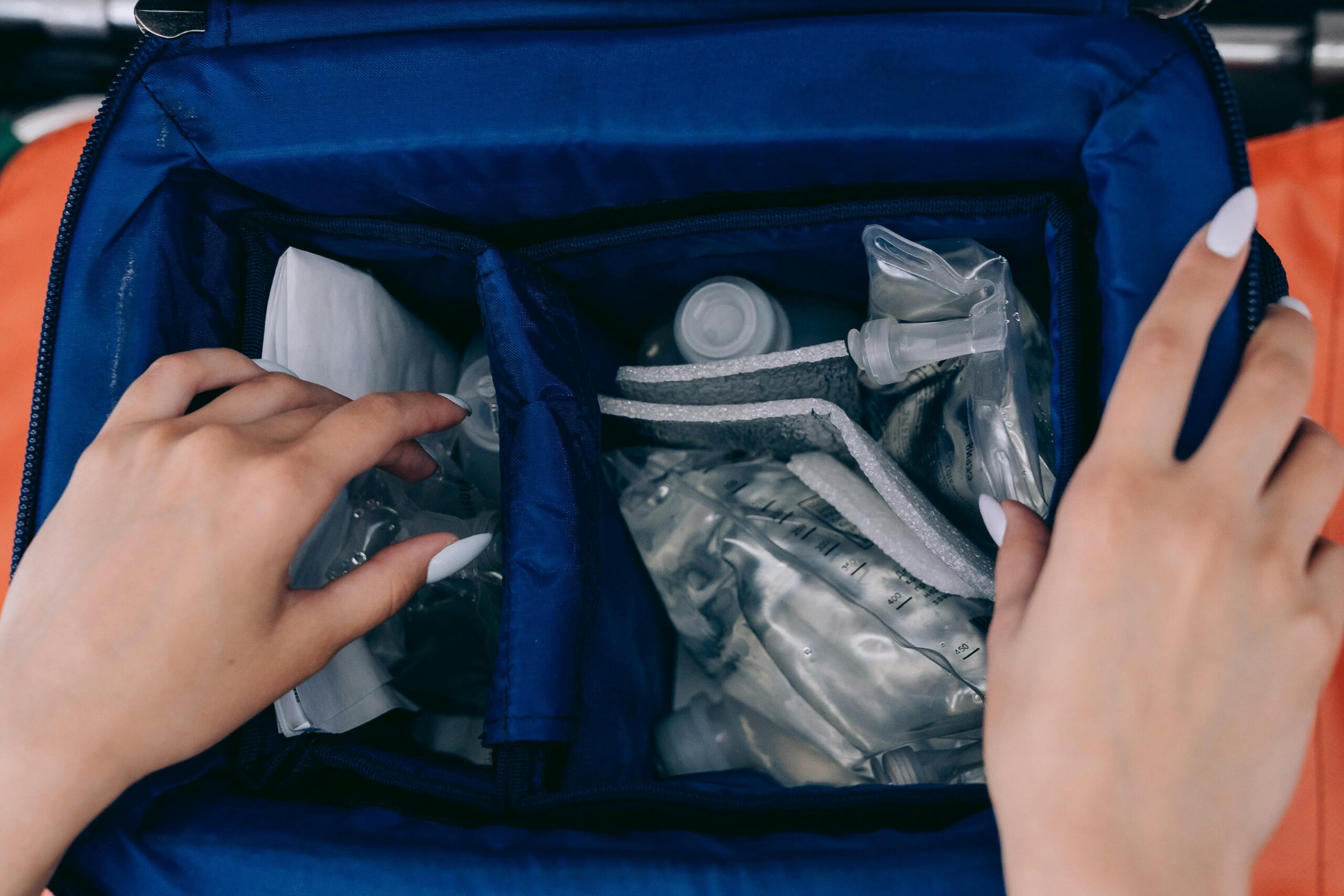Ever tried to pay your bills while waiting for a burglary insurance claim to process? The sinking feeling of watching your bank account dip into the red zone isn’t something you quickly forget. Whether it’s replacing stolen items or covering repairs, the gap between filing a claim and receiving compensation can leave you financially stranded.
This guide dives deep into how to access your emergency fund strategically during such situations, so you don’t have to eat instant noodles while waiting for that check. You’ll learn why timing matters, how to prepare beforehand, and what mistakes to avoid at all costs.
Table of Contents
- Key Takeaways
- Why Emergency Funds Matter in Burglary Claims
- Step-by-Step Guide to Accessing Your Fund During Claims
- Best Practices for Managing Financial Stress
- Real-Life Example: How Sarah Survived Her Burglary Claim Nightmare
- FAQs About Emergency Funds and Insurance Claims
- Conclusion
Key Takeaways
- An emergency fund acts as a financial safety net when burglary insurance claims drag on.
- The first 72 hours post-theft are critical—plan ahead to minimize stress.
- Avoid draining long-term savings; instead, use short-term reserves specifically earmarked for emergencies.
- Burglary insurance policies vary—read the fine print before relying solely on payouts.
Why Emergency Funds Matter in Burglary Claims

Figure 1: A visual breakdown of the typical steps involved in a burglary insurance claim, highlighting delays.
If you’ve ever experienced a burglary, you know it’s more than just property loss—it’s an emotional rollercoaster. Now add the financial strain from delayed reimbursements. According to recent data, the average processing time for burglary claims ranges from two weeks to three months depending on complexity. And guess what? That’s a lot of takeout dinners if you’re unprepared.
I made this mistake once—I ignored building my emergency fund because “nothing bad ever happens.” Then came the night someone decided our house needed a closer look (through their crowbar). Between replacing locks, buying new electronics, and ensuring we weren’t living in Fort Knox Lite, every penny counted—and I didn’t have enough pennies saved up. Rookie move.
Grumpy Optimist Dialogue:
Optimist Me: “Just stay calm! Insurance will handle everything!”
Grumpy Me: “Sure, but who pays rent until then, Karen?”
Step-by-Step Guide to Accessing Your Fund During Claims
Step 1: Assess Immediate Needs
First things first—prioritize necessities like food, temporary housing, or essential repairs. Make a list of expenses you absolutely cannot delay. This ensures your emergency fund won’t get siphoned off by impulse purchases like those limited-edition sneakers.
Step 2: Communicate with Your Insurer
Call your insurer ASAP to understand timelines and next steps. They might offer advance payments for urgent needs, though this varies by policy. Pro tip: Record these conversations—you may need them later.
Step 3: Tap Into Your Short-Term Reserves Wisely
Use a high-yield savings account—not your retirement fund—for quick access to cash. Remember, borrowing against long-term investments could mean hefty penalties and regret down the line.

Figure 2: Why dipping into retirement savings is often a costly mistake compared to using emergency funds.
Step 4: Document Everything
Keep receipts, photos, and any communication related to the claim. These documents not only justify your expenses but also serve as proof should disputes arise.
Best Practices for Managing Financial Stress
- Set Clear Boundaries: Don’t let one crisis derail all your other financial goals. Limit how much you withdraw from your emergency stash based on realistic recovery times.
- Prioritize Minimalism: Instead of replacing everything immediately, ask yourself which items truly impact daily life versus luxury conveniences.
- Avoid Credit Card Debt: Using plastic to bridge gaps feels tempting, but interest rates can turn a minor mishap into a major debt spiral faster than you can say “minimum payment due.”
Rant Alert:
One thing that irks me about most personal finance advice around emergencies is the assumption everyone has spare cash lying around. Spoiler alert: Not having an emergency fund doesn’t make you irresponsible—it makes you human. So stop shaming people and focus on actionable solutions!
Real-Life Example: How Sarah Survived Her Burglary Claim Nightmare
Sarah had no emergency fund when burglars hit her apartment last spring. She learned the hard way—charging thousands to credit cards and dealing with insane interest fees. But she bounced back smarter. Today, she automates $50 monthly deposits into a dedicated emergency account, calling it her “Burglar Buffer.” Sounds simple, right? Exactly.

Figure 3: Before-and-after visualization showing Sarah’s journey from zero savings to a healthy buffer.
FAQs About Emergency Funds and Insurance Claims
Do I Need Both Emergency Savings and Burglary Insurance?
Yes! Think of them as layers of protection—one covers losses upfront, while the other ensures stability as claims process.
What Happens If My Claim Gets Denied?
You’ll rely heavily on your emergency fund. Double-check your policy coverage terms and consider consulting legal aid if necessary.
How Much Should I Save in My Emergency Fund?
Aim for 3-6 months’ worth of living expenses. For starters, even $1,000 can provide peace of mind.
Conclusion
To recap, managing emergency fund access during burglary claims requires proactive planning, smart budgeting, and patience. While insurance provides eventual relief, your emergency fund bridges the interim period without derailing your finances entirely.
And now for some 2000s nostalgia… Remember Tamagotchi pets? Like those virtual critters, your emergency fund needs consistent care. Keep feeding it small amounts regularly, and it’ll thrive when chaos strikes.
Build resilient finances today—your future self will thank you tomorrow.


